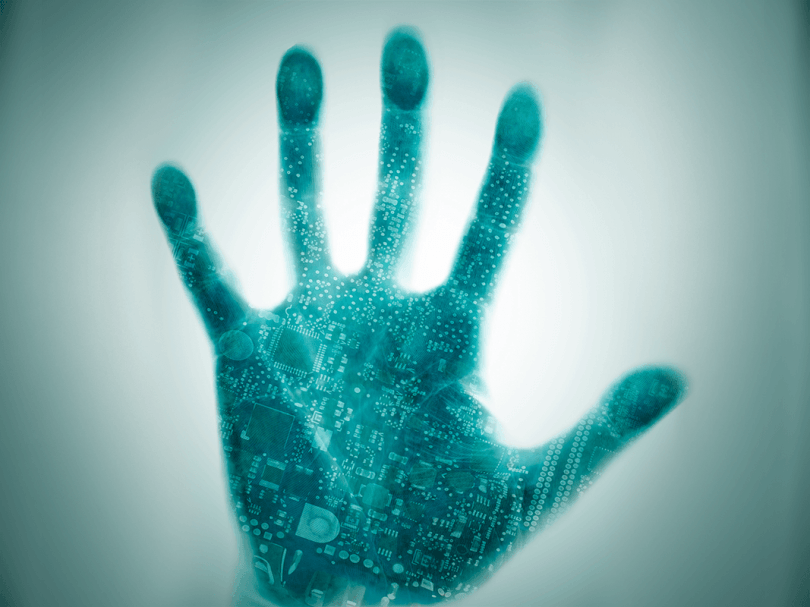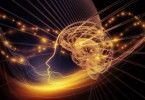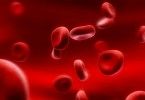Новая терапия электрической стимуляции помогла перенесшим инсульт пациентам улучить ловкость рук быстрее и качественней, чем существующие методики стимуляции
A new electrical stimulation therapy helped stroke survivors with hand weakness improve hand dexterity more than an existing stimulation technique, according to new research in the American Heart Association’s journal Stroke.
About 800,000 people in the United States have strokes each year, according to the American Heart Association. Stroke usually results in some degree of paralysis or partial paralysis on one side of the body, which can result in survivors having difficulty opening a hand. A common therapy in stroke rehabilitation uses low levels of electric current to stimulate the paralyzed muscles to open the hand, improve muscle strength and possibly restore hand function. Stimulation intensity, cycle timing, and repetitions are set by a therapist.
In the new experimental therapy developed by researchers at the MetroHealth System, Case Western Reserve University and the Cleveland Functional Electrical Stimulation Center, patients control the stimulation to their weak hand by wearing a glove with sensors on the opposite, unaffected hand. When the patient opens their unaffected hand, they receive a corresponding amount of stimulation that opens their weak stroke-affected hand. This puts the patient back in control of their hand and enables them to participate in therapy with the assistance of electrical stimulation.
“Based on positive findings from our previous studies, we sought to determine if the new glove-controlled hand stimulation therapy could be more effective than the common therapy in improving hand dexterity in patients who are more than six months past their stroke,” said Jayme S. Knutson, Ph.D., senior author of the study and an assistant professor of Physical Medicine and Rehabilitation at Case Western Reserve University School of Medicine in Cleveland, Ohio.
Researchers enrolled 80 stroke survivors. For 12 weeks, half the survivors received therapy using the new glove, and the remainder received the common therapy. Both groups used an electrical stimulator on their own at home for 10 hours a week, plus 3 hours per week practicing hand tasks with an occupational therapist in the lab. Hand function was measured before and after therapy with a standard dexterity test that measured the number of blocks participants can pick up, lift over a barrier and release in another area on a table within a 60 second period. They found:
- Patients who received the new therapy had greater improvement on the dexterity test (4.6 blocks) than the common group (1.8 blocks).
- Patients who had the greatest improvements in hand dexterity following the new therapy were less than two years post-stroke and had at least some finger movement when they started the study. These patients saw an improvement of 9.6 blocks on the dexterity test, compared to 4.1 blocks in the common group.
- Patients with no finger movement also saw improvements in arm movement after the new therapy.
- At treatment end, 97 percent of the participants who received the new therapy agreed that they could use their hand better than at the start of the study.
Because the therapy is new and this was a single-site study, researchers don’t know if similar results will also be seen in other rehab centers. They plan to perform a multi-site study to confirm their results, as well as measure quality of life improvements for patients. And while the researchers speculate that the new therapy may be changing neural connections in the brain that control hand dexterity, additional studies are needed to determine what effects it may have on the central nervous system.
The study also demonstrates that stroke patients can effectively use technology for self-administered therapy at home. “Home-based therapy is becoming increasingly important to offset increasing healthcare costs and to meet the need for high doses of therapy that are critical for attaining the best outcomes,” Knutson said. “The more therapy a patient can get the better potential outcome they will get.”
В большинстве случаев инсульт приводит к частичному параличу. У перенесших удар часто возникают трудности моторики рук. При обычной терапии используются низкие уровни электрического тока для стимуляции парализованных мышц. Интенсивность стимуляции, времени цикла, и повторы устанавливаются терапевтом.
В новой экспериментальной терапии, разработанной исследователями в системе MetroHealth, Case Western Reserve University и Cleveland была усовершенствована процедура стандартной электрической терапии, осуществляемой при помощи миостимулятора — электродов, прикладываемых к мышцам и заставляющим их под действием электрического тока сокращаться. Теперь пациент участвует в процессе стимуляции, надев на здоровую руку перчатку с датчиками, позволяющими контролировать прибор на парализованной конечности.
“На основании положительных результатов от наших предыдущих исследований, мы стремились определить, является ли новая терапия более эффективной”, – сказал Джейми С. Нутсон, кандидат технических наук, старший автор исследования и доцент кафедры физической медицины и реабилитации в Case Western Reserve University школы медицины в Кливленде, штат Огайо.
Ученые использовали новый метод в терапии 80 пациентов, переживших инсульт шесть и более месяцев назад. В течение 12 недель 40 человек получали дополнительную перчатку, тогда как остальные обходились стандартной терапией. Электрическая стимуляция использовалась двумя группами ученых в течение недели 10 часов дома и трех часов — в присутствии врача в лаборатории.
Подвижность рук измерялась до и после терапии. Новая терапия показала значительно лучшие результаты, чем стандартная. Всего подвижность рук при использовании нового метода улучшилась у 97% пациентов.
Если вы нашли ошибку, пожалуйста, выделите фрагмент текста и нажмите Ctrl+Enter.








Сообщить об опечатке
Текст, который будет отправлен нашим редакторам: